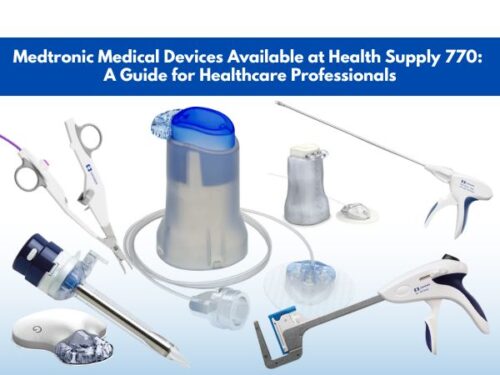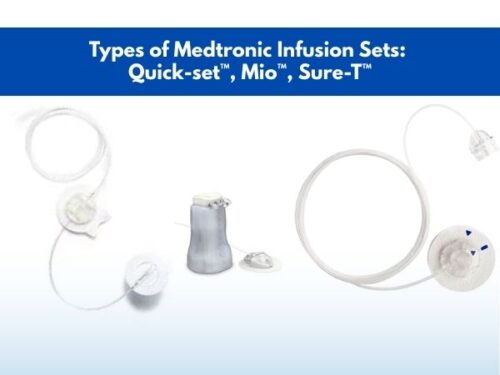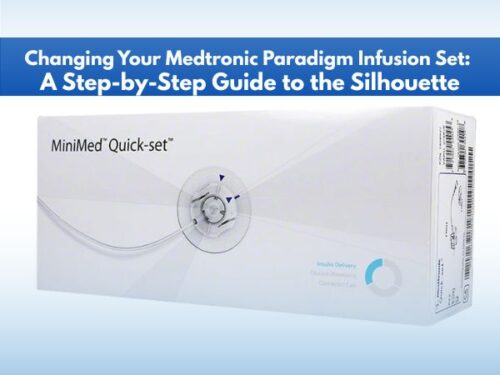Retainer Dressing: What You Need to Know About the Different Types of Retainers

Medical inventions have revolutionized the concept of wound healing. The problem which killed millions of people in the past is non-existent due to the wonders of modern science. Whether these inventions are ointments for hound healing or bandages and dressings, all of these products provide great benefits in speeding up wound healing. If the wounds on any part of the body are not treated properly, these wounds can cause severe complications, amputation, and even death. Untreated wounds or improper treatment of the wounds might cause irritation, infection, extreme pain, or amputation. Therefore, it is of utmost importance to properly treat wounds to ensure the patient’s safety and well-being. A major part of wound treatment and healing is dressings. There are several types of bandages that are used in the treatment of wounds. The purpose of these dressings is to protect the wound while it is healing and also to speed up the healing process. Today in this article we are going to discuss retainer dressing and their types which are an essential part of wound healing.
What is a retainer dressing?
Retainer dressings help to hold dressings, creams, ointments, and other devices in place without using adhesive tape. These retainer dressings are often used as secondary dressings to support the primary dressing and eliminate the use of tape where it is difficult to hold the dressing using adhesive tape. Retainer dressings are made using a non-latex, hypoallergenic, and elastic material which is very comfortable.

Elastic dressing retainer
Retainer dressings are available in a variety of sizes and commonly include a window to help in the view of primary dressing. These dressings are very comfortable and are adjustable to the part on which it is used. However, it is important to use the right size and apply it properly to ensure comfort for the patient. The primary purpose of using retainer dressings is to hold creams, ointments, dressings, and intravenous lines in place without causing discomfort to the patient. These dressings are also used to hold devices such as splints in place. As retainer dressing eliminates the use of adhesive tape, these dressings are extremely beneficial for people having sensitive skin.
Types of retainer dressings
The retainer dressings are made using different materials and can be used for different body parts. Different types of retainer bandages include
Tubular dressing retainers
Tubular dressing retainers include a variety of dressing retainers that can help in the treatment of wounds. Different tubular retainer dressings are made of different materials and can be used for a wide range of wounds. Tubular dressing retainers include the following.
Tubular elastic bandage retainers
Tubular elastic bandage retainers can be used for hands, feet, arms, or legs and allow free movement. These elastic bandage retainers are made of high-quality nylon and rubber mix which makes them easily stretchable and allow maximum airflow. These bandage retainers help in applying gentle pressure and help keep the bandage in place. These dressings are used for ulcer dressings, post-op dressings, and burn wounds and are commonly used in hospitals and health care centers. These bandage retainers are also used in the process of providing first aid where these bandages help to hold hot or cold packs in place.
Apart from these, some elastic bandage retainers, some elastic bandage retainers are used for the head, shoulders, and thighs. These are used for dressing complex joints. These dressings also allow maximum airflow.
Also, elastic dressing retainers include panty elastic dressing retainers. These dressing retainers are specifically designed to fit a patient’s perineum area and are made using a mix of polyester and rubber.
Tubular elastic net dressing retainer roll

The net dressing retainer rolls can be used up to any length and do not cause compression when applied. This quality makes it ideal for patients having skin problems or adhesive tape allergies. These net dressings can also be used for pediatric cases. Tubular elastic net dressings are made using polyester or rayon. These bandages are non-constricting and soft.
Tubular elastic stretch net dressing retainer
These dressing retainers are made in one seamless band and are made of high-quality nylon and rubber. These dressings are available in many sizes and lengths. These dressings allow airflow and provide comfort to the patient.
Tubular multi-purpose net elastic retainer
These dressing retainers eliminate the need for adhesive tape and are ideal for securing dressings or IV lines. These dressings can help in securing wet or dry dressings in place. It provides equal pressure that makes it possible to hold the dressing in place and avoid slippage or constriction.
The tubular component protective layer
These bandages help to allow a barrier between the bandage and the patient’s skin. These dressings are non-compressive and promote patient hygiene.
Dressing retention tapes
Dressing retention tapes are adhesive tapes that are soft, flexible, and low-sensitivity. These are water-resistant and have a porous structure. These are very beneficial in covering the primary wound dressing in one application.

Conclusion
Retainer dressings are very useful in treating wounds and help to expedite wound healing. These are commonly used as secondary dressings and help secure the primary dressings. These dressings help to hold ointments, creams, intravenous lines, and even devices such as splints in place and thus help in the treatment of wounds.
In addition, as the retainer dressings act as an alternative to adhesive tapes that are used to secure dressings, these dressings are a better option for patients having skin issues or sensitive skin. These patients may develop an irritation or skin problem because of the adhesive material used in the tapes.
As these dressings do not have this adhesive material, these dressings can be a very good alternative to the tapes for these patients. Also, these retainer dressings are available in a wide range and are made using different materials and according to different body parts’ wounds. Therefore, retainer dressings are an asset in the treatment of wounds.



















